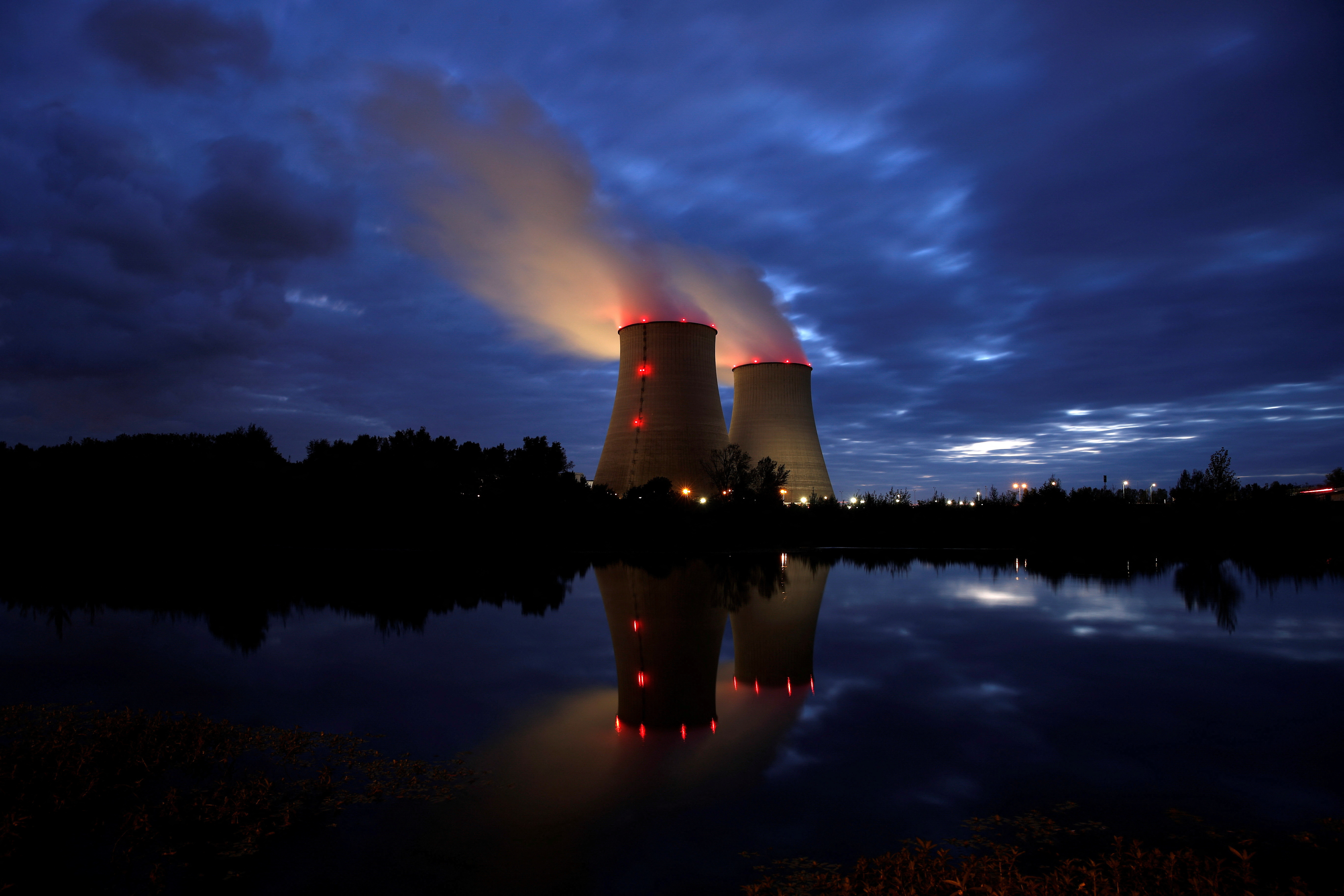
LITTLETON, Colo, Sept 21 (Reuters) – After more than a decade of being shunned as an environmental and human safety liability, nuclear power is witnessing a modest recovery in acceptance in key European electricity markets that have been upended by the fallout from the Russia-Ukraine crisis.
And nuclear’s appeal goes beyond it being the lesser evil now compared to dirtier coal and costlier gas, especially among influential policy makers under pressure to drastically lower carbon emissions in a speedy and affordable manner.
Europe’s power markets have been contorted more than other regions by the impact of Russia’s invasion of Ukraine, which has sent coal and natural gas costs soaring and pushed power prices to multiples of their long-term averages. read more
This has forced European policymakers to reconsider all their power production options as they try to avert outages and limit further electricity price increases for the region’s households and industry.
Back on the drawing board is more nuclear power, which continues to face concerns over waste and weapons fuel proliferation, but also has a track record of providing the holy grail for electricity providers: stable, cheap and emissions-free baseload power.
NUCLEAR LEGACY
Germany, Belgium and France are all looking to extend the lives of several creaky nuclear reactors in response to this year’s power market turmoil and the bleak outlook for 2023 if gas prices remain near current levels. read more
In addition, France plans to build at least six new reactors in the coming decades. read more

With Europe having already sourced a world-leading 21.9% of its electricity from nuclear power in 2021, according to the latest BP Statistical Review of World Energy, this combination of new and longer-lasting plants looks set to cement Europe’s status as the most nuclear-dependent region for electricity.
More than that, this greater reliance on nuclear power may form a blueprint for how Western European economies cut back on coal and gas purchases from Russia while reducing energy sector emissions.

If combined with the rapidly rising quantities of renewable power supplied across Europe – which generated 23.5% of Europe’s electricity in 2021, the most for any region – more nuclear power could potentially put Europe on course for having 50% of its electricity supplied from non-emitting power sources within the next decade.
NIMBYISM AND OTHER HURDLES
Of course, standing in the way of sharply higher nuclear production in Europe is strident opposition to the development of new nuclear plants.
And the charges against nuclear power are not just tied to the environment and safety: A majority of nuclear projects tend to overrun their development timelines by several years, and their construction budgets by billions of dollars.
With climate change already causing increasingly severe planet-wide turmoil in the form of historic droughts, floods and heatwaves, it is understandable that there is widespread social reticence about banking on such a delay-prone and costly technology as a response to such an urgent challenge.

But with Europe already boasting 10 countries that source 20% or more of their electricity from nuclear power, there is also a reluctance by power producers and policymakers alike to build up new power sources from scratch when it is feasible to scale up supply from existing nuclear plants in a speedier and more cost-effective way.
Europe’s politicians are clearly already effectively using the shock from the current power crisis to drum up support for more nuclear use, and for extending the lifelines of plants many communities had expected to close within the next few years.
The challenge for these authorities now will be to prove within the same timeframe that nuclear power was the right way to go, as otherwise they will risk losing not only the support of their constituents, but also precious time in the fight against climate change.
Share This:




 CDN NEWS |
CDN NEWS |  US NEWS
US NEWS 




























COMMENTARY: Markets Call Trump’s Bluff on Russian Oil Sanctions in Increasingly Risky Game – Bousso